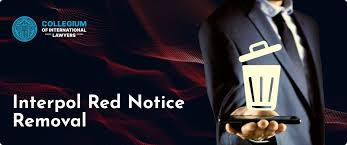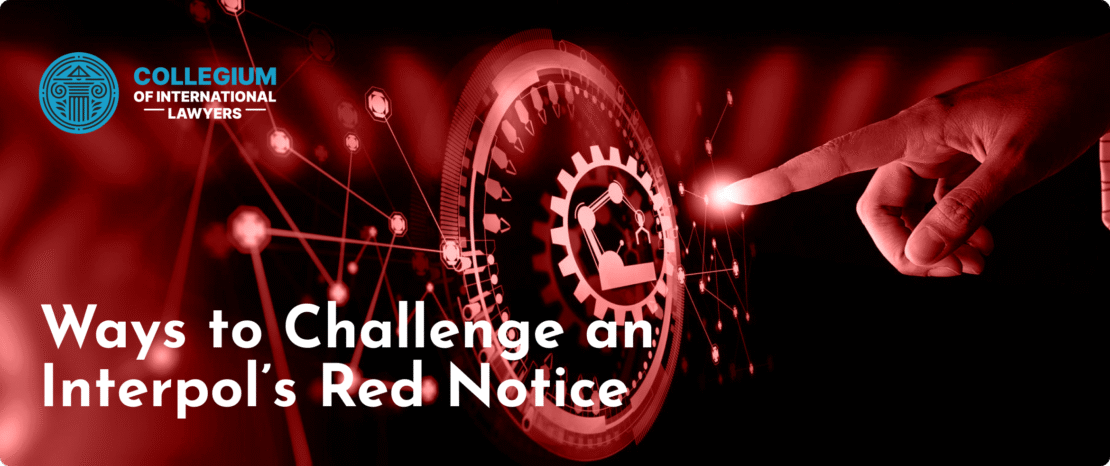The Presidential Autopen Controversy Authenticity in the Digital Age

The Presidential Autopen Controversy: Authenticity in the Digital Age
The advent of technology has revolutionized countless aspects of governance, but few have stirred as much debate as the use of the presidential autopen. This device, which mechanically reproduces a president’s signature, raises critical questions about authenticity and the nature of executive authority. When a document is signed by an autopen, is it still a legitimate act of leadership, or does it undermine the very essence of the presidency? The presidential autopen controversy executive orders and signature authenticity issue continues to resonate across political spectrums as we grapple with these questions.
Understanding the Autopen
The autopen has been a part of the presidential toolbox since the 1950s. Initially, it was designed as a practical solution to enable presidents to manage their workloads more efficiently, particularly when they were away from Washington D.C. The mechanism can replicate a signature with remarkable accuracy, allowing for the swift handling of numerous documents, from treaties to executive orders. However, this efficiency comes at a price: the dilution of personal touch in signing significant documents.
The Mechanics of the Autopen
At its core, an autopen consists of a pen mounted on a mechanical arm that mimics the motion of human writing. It requires a signature sample, which can be digitized and programmed into the system. The machine reproduces the signature on paper, producing an item that is visually indistinguishable from a handwriting signature. This raises critical questions: does an autopen-generated signature carry the same weight as one written by the president’s own hand? And more importantly, what does this mean for the transparency of the presidential office?
Historical Context
Throughout American history, the use of the autopen has fluctuated with varying administrations. While it has been used by several presidents, its prominence surged in recent years, particularly during periods of heightened global activity, such as conflicts, treaties, and crisis management. For some, the convenience of the autopen is essential for maintaining presidential duties amid a frenetic schedule. Others argue that such a tool undermines the commitment and responsibility that signing a document signifies.
Implications for the Legislative Process

The controversy surrounding the autopen often intersects with broader discussions about the nature of executive power. Critics argue that the use of an autopen for significant actions could lead to a president circumventing legislative intent, thereby eroding the essential checks and balances that the Constitution established. The concern is not only about the authenticity of a signature but also about the processes that accompany significant decisions. If a president can delegate the signing of crucial documents to a machine, where does that leave accountability in leadership?
Public Perception and Trust
Public trust in government is a delicate issue, often correlated with transparency and authenticity. The sight of a presidential signature can evoke feelings of assurance and legitimacy. In contrast, when people learn that a mere machine has facilitated those signatures, it may erode trust. This culminates in public skepticism regarding executive orders and other critical decisions, further polarizing the electorate.
Legal Implications of Autopen Signatures
One of the most pressing questions surrounding the presidential autopen controversy is its legal standing. Courts have historically recognized washed-out signatures due to illness or other circumstances but using a mechanical reproduction raises questions about the validity of actions taken under its auspices. Legal scholars worry that should disputes arise over decisions made via autopen, the argument surrounding legitimacy could spark extensive litigation, potentially impacting the authority of the executive branch.
The Role of Technology in Governance
As we march deeper into the digital age, the integration of technology in governance will only expand. This is both an opportunity and a challenge. On one hand, modern technology, including digital signatures and electronic documents, can streamline processes and enhance communication. On the other, the same technology that offers efficiency can diminish the profound impact of traditional practices, such as the physical signing of legislation and executive actions.
Balancing Efficiency and Authenticity
The key to navigating this controversy may lie in finding a balance between efficiency and authenticity. Perhaps a hybrid approach, wherein autopens are reserved for non-controversial documents while significant legislation continues to bear the president’s handwritten signature, may help rebuild trust and enhance transparency. The efficacy of governance should not come at the cost of its integrity.
Conclusion: The Future of Executive Orders
As America progresses, the debate over the presidential autopen and its implications will remain pertinent. While it promises efficiency in a fast-paced world, the potential erosion of authenticity raises legitimate concerns about the integrity of the presidency. Efforts to improve transparency and public trust must guide the use of such technologies, ensuring that the democratic process remains robust and accountable to the people it serves. Ultimately, finding ways to combine the conveniences of modern technology with the traditions that underpin governmental authority will be essential for maintaining a healthy democracy.
